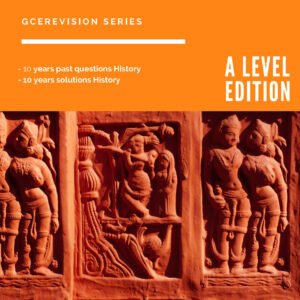translating proposition
TRANSLATING PROPOSITION INTO THEIR STANDARD (LOGICAL) FORM
General requirements: To translate a proposition into its optimum logical form, one is expected to express the quantifier, copula and make possible changes in the predicate.
There are indicators that re used in the translation of propositions into their optimum logical form
- Indicators of universal Affirmative propositions:
Statements having words like always, any, in any case, whoever, he who, in every case, each, and only if, are translated to the A proposition e.g. students always succeed is translated into all students are successful persons.
SPECIAL CASES IN THE A PROPOSITION
Categorical propositions with words like alone, only , non but, non except, are translated into the A propositions but consists of swapping the subject and predicate, thereby resulting in conversion of the subject and the predicate terms e.g. only Europeans are footballers is translated into all footballers are white persons
Statements having “whenever and where ever” are translated into the A propositions and there is the swapping of the subject and predicate terms. E.g. he gets wounded whenever he plays football is translated into “all the time that he plays football is the time that he gets wounded”
- Indicators of the universal negative propositions.
Statements having words like nothing, none, do not, and never are translated into the E Propositions
- Indicators of the particular propositions:
Statements having words like such as few, most, many, often, generally, sometimes, may, can, could be are translated into the “I proposition” and into the “O proposition” (if they are negative) e.g. most boys are arrogant is translated into its logical form as some boys are arrogant persons
With the word few in the beginning of statement, the quality of the proposition should be change when translating it into its logical form. E.g. Few animals are carnivores is translated as “some animals are not carnivores”, few students did not succeed is translated as “some students are successful persons”
TRANSLATING PROPOSITION FROM ONE TYPE TO THE OTHER
- Translating hypothetical propositions into categorical propositions
Propositions with the form “if A then B” can be translated into the form “All A is B”
- A hypothetical proposition with “always” in the consequence is translated into the A proposition e.g. “if people cheat then they are always business men” is translated into categorical form as “all cheats are business men”
- A hypothetical proposition with “never” at in the consequence is translated into the E proposition. E.g. If a student is lazy, they never succeed is translated as “ no lazy students are successful persons3”
- A hypothetical proposition with “sometimes” in the consequence is translated into the I proposition. E.g. If a country is peaceful then it is sometimes rich is translated as “some peaceful counties are rich.
- A hypothetical proposition with “sometimes not” in the consequence is translated into the O proposition. E.g. If anyone is wicked, then he is sometimes not a pastor is translated as “ no wicket persons are pastors”
TRANSLATING HYPOTHETICAL PROPOSITIONS INTO DISJUNCTIVE PROPOSTIONS
To translate a hypothetical proposition into a disjunctive proposition, we replace the “if” by “either” and the “then” by the “or” and finally change the quality E.g. if frank works hard, then he will not fail is translated as either frank works hard or he will fail
TRANSLATING THE DISJUNCTIVE PROPOSITIONS INTO HYPOTHETICAL PROPOSITIONS
It simply consists of substituting the either with “if” and the “or” with “then”
- THE DISTRIBUTION OF TERMS IN A PROPOSITION
A term can be distributed or undistributed. A term is said to be distributed if the whole of it is covered by a predication (when the term refer to all the members of class denoted by the term) and undistributed if only part of it is covered by a predication
- Determining the Distribution of terms in a proposition.
The distribution of terms in a proposition is determined by the quantity and quality of the proposition
- The distribution of the subject term is determined by the quantity. If the proposition is universal, then it’s subject term is distributed and if the proposition is particular, it’s subject term is undistributed
- The distribution of the predicate term is determined by the quality of the proposition. If the proposition is affirmative, then it’s predicate term is distributed and if the proposition is negative, then it’s predicate term is undistributed
| proposition | Subject term | Predicate term |
| A | Distributed | Undistributed |
| E | Distributed | Distributed |
| I | Undistributed | Undistributed |
| O | Undistributed | Distributed |










